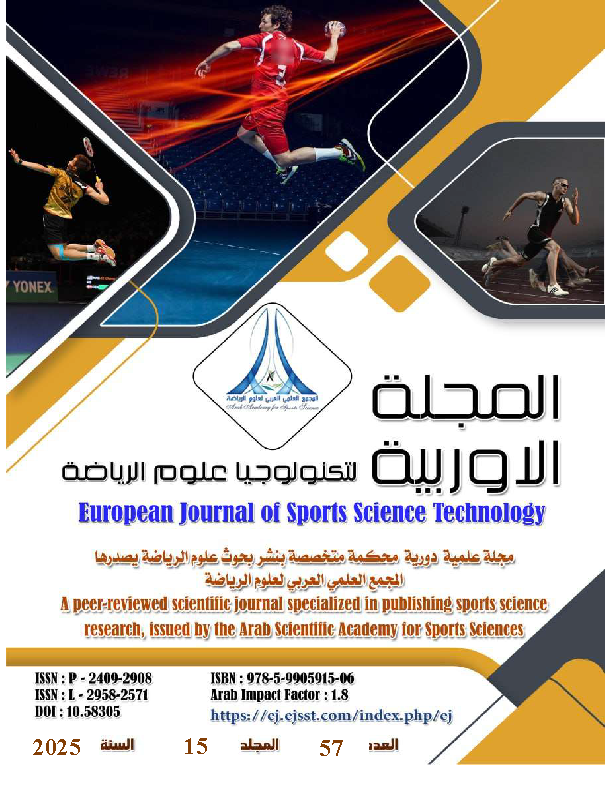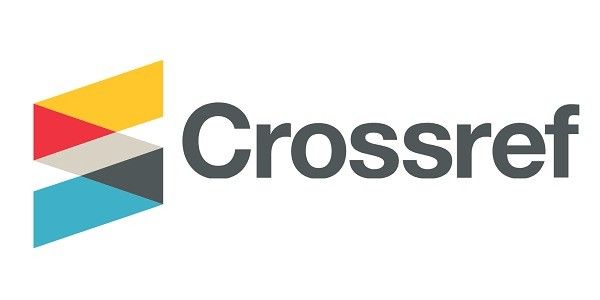Developing a Predictive Model for Sports Injuries Using Artificial Intelligence
DOI:
https://doi.org/10.58305/ejsst.v15i57.625Keywords:
Predictive model, sports injuriesAbstract
Sports injuries in football pose a significant challenge to players and professional clubs. They negatively impact players' performance and cause them to miss competitions, resulting in technical losses and significant costs. Therefore, sports clubs and sports medicine specialists are constantly striving to develop effective methods for preventing these injuries. The research problem is the challenges facing sports medicine practitioners and professional sports clubs in predicting sports injuries and identifying the factors affecting them. This limits their ability to develop effective prevention and rehabilitation strategies. Study objectives: To identify the main factors influencing the risk of injury among professional football players, develop a predictive model using artificial intelligence techniques to predict sports injuries among professional football players, and evaluate the effectiveness of the proposed predictive model in improving prevention and healthcare strategies for players. Using data on professional football player injuries from a major sports club in Iraq, the data was analyzed using advanced artificial intelligence techniques such as deep neural networks and pattern detection, and develop a predictive model and test it on an independent dataset. Study results: The predictive model developed using artificial intelligence techniques was able to predict sports injuries among professional football players with an accuracy of up to 87%. A set of key factors influencing injury risk were identified, including age, playing position, and previous injury experience. Lower extremity injuries, particularly knee and hamstring injuries, were the most common. Recommendations for future research: Conduct similar studies in other sports to expand the scope of predictive models, develop specialized predictive models for the most common types of injuries to improve prediction accuracy, and incorporate psychosocial factors into predictive models to understand their impact on injury risk.










